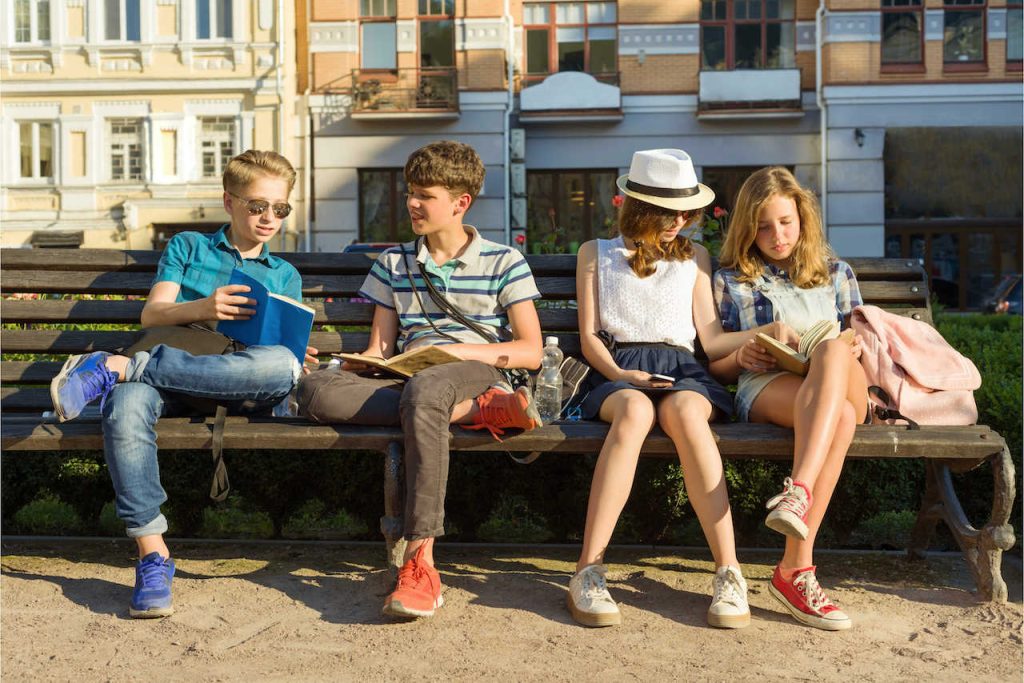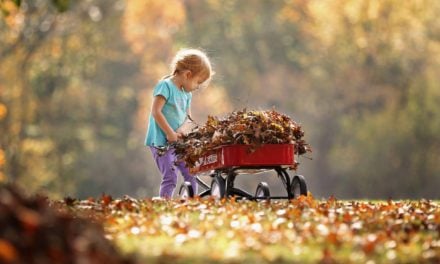High school popularity… how does it work? Why are some kids more popular than others? And how can we help kids evolve beyond the social hierarchy?
If you ask any teenager where they fit into the social hierarchy at school, they will be able to tell you. A 15-year-old in my life tells me that she is in the second group. She says, “We’re not the cool group, but most people like us and we are about even with the sporty kids. I get on with some of the top group, cos I haven’t had much drama with them, but I get on with some of the not popular kids too”.
It’s oddly specific!
Our adolescents are highly aware of their social place. Before they learn to value differences in themselves and each other, they measure their worth by the opinions and acceptance of peers. This is their social capital. Some people stay at this point for life.
What is meant by social capital?
In the context of adolescence, social capital is the amount of approval a person has among their peers. It is determined by who they hang around with, their behaviours, their achievements, their appearance, and even their possessions.
A group of teen girls told me that in their year group, owning a Galaxy instead of an iPhone would be totally embarrassing. I was bemused by that until I remembered how important a pair of Adidas Romes was when I was fifteen. This social sorting is nothing new.
Social capital in high school is mainly about status. On some level, our kids know that it isn’t as important as their healthy friendships, but it is amazing how often a child will betray a friend if it protects or builds their social standing.
Lourdes Hill College clinical psychologist Kristina Morgan says, “In an ideal world, kids would gain social status through acts of kindness, empathy, and integrity. But this is not an ideal world. Our kids are only at the beginning of learning the social skills they will rely on throughout their lives.”
How do kids get social currency?
Most kids garner social capital from:
- Sport and physical prowess
- Being considered good looking
- Being smart
- Being funny
- Involvement in cocurricular (Although some co-curricular activities garner more social capital than others)
Less obvious sources of social capital include:
- Rule-breaking and socially precocious behaviour like drinking
- Social media presence
- Parental influence and wealth
- The social status of older siblings
- Being the go-to person, everyone confides in
- Being the person who always has the gossip.
The social capital of the cool kids
Membership in the ‘top group’ is not only about how you look, what you own, and what you do. It is about power. More specifically, it is about inclusion and exclusion.
The exclusivity of the top group is created by making sure everyone else knows they are not acceptable. They often do this by making fun of others, belittling them, isolating them, or gossiping about them. These acts of relational aggression are designed to increase the power and social capital of the aggressor.
We see this flexing of social capital play out daily. Miss 15 tells me she had a water bottle deliberately spilt over her by one of the cool girls, and the whole group laughed. However, power plays are usually more subtle than that.
A popular kid might publicly say to a less popular student, “We should hang out on the weekend. I’ll DM you.” Drawn in by the offer, the victim will answer enthusiastically at the prospect. As the cool group walk away, they laugh, knowing the message is never going to arrive and if it does it will be awful.
It all sounds silly, but it has a powerful impact.
The trap of high school popularity and the cool group
Kristina Morgan says, “The top group is not an easy place to be. There is always the threat of being cast out. If you are, most other kids will reject you because of past mean behaviour, so those kids get caught in a cycle.”
She says, “The cool group is like the emperor with no clothes. Everyone knows their social currency is not real, and that they are mean to one another as well as everyone else.”
Unfortunately, nobody ever stands up and reveals the truth about all this fakery. If we could create a cohort that did, the cool group, like the emperor’s puffery, would dissolve in an instant.
Most kids play into this process at some point
Rest assured it isn’t only the cool group who can be mean. Watching a recent tennis tournament, I witnessed a usually gentle young man be quite scornful of a less able player. He was standing in the arena where he had the most social capital and he was flaunting it. We’ve all seen it and at some point, we’ve probably all done it!
This behaviour is unacceptable regardless of why it happens. We can understand poor behaviour while at the same time working with our young people to develop better skills and a greater sense of empathy.
Are there students who are not part of the social capital economy?
There are a few kids who seem to skate across all the rules of the school social hierarchy. They are universally liked and respected across all social groups and by students in different year groups.
These ‘skaters’ have a strong sense of self and can be assertive without being aggressive. They are involved in lots of activities, aren’t interested in social drama, and seem oblivious of their own potential power. I love them and I’m sure your kids could name the ones in their year groups.
How can parents help their kids evolve beyond the social hierarchy?
1. Ensure your child is involved in lots of different groups and clubs where they belong and develop healthy friendships. Your child should not get all their belonging and approval from one peer group.
2. Help your child establish a strong sense of healthy self-worth. This will be their armour against others who behave poorly. Do this not with empty praise but with opportunities to set goals they value and then opportunities to work to achieve them. You can’t give a child self-worth; they need to earn it for themselves. Participation in co-curricular activities can be life-changing in this regard.
3. Kristina Morgan says, “Please don’t get drawn into the ‘fake beautiful’ currency when your middle schooler asks you for eyelashes, fake tan and streaked $400 hair. She’s not an ornament. She needs to know that her value is bigger than that.”
4. Be a nudger in your child’s life. At Lourdes Hill College we celebrate the adults who constantly and quietly nudge kids towards empathetic and respectful behaviour. Parents and teachers need to continuously work together to nudge kids towards healthy behaviours and relationships with others.
5. Model and value empathy, kindness, and integrity. Our kids are always watching and listening, so if we want them to treat others with respect and kindness, we need to model those behaviours. We also need to let kids know how much we value them in others.
Final thought…
Unfortunately, some people peak in high school, they will never again be as ‘respected’ as they were then. That’s sad and indicates they were not taught the skills to keep on evolving.
Our kids need role models and mentors who are constantly nudging them towards a more socially skilled, and better-rounded version of themselves. That’s not always easy, and we don’t succeed every day, but that’s our job.
Would you like help in talking to your kids about friendship? Download my friendship manifesto, it’s a great place to begin. You’ll also receive my articles each fortnight-ish!
This article was first published by Lourdes Hill College in Brisbane as part of their Inspiring Girls blog








